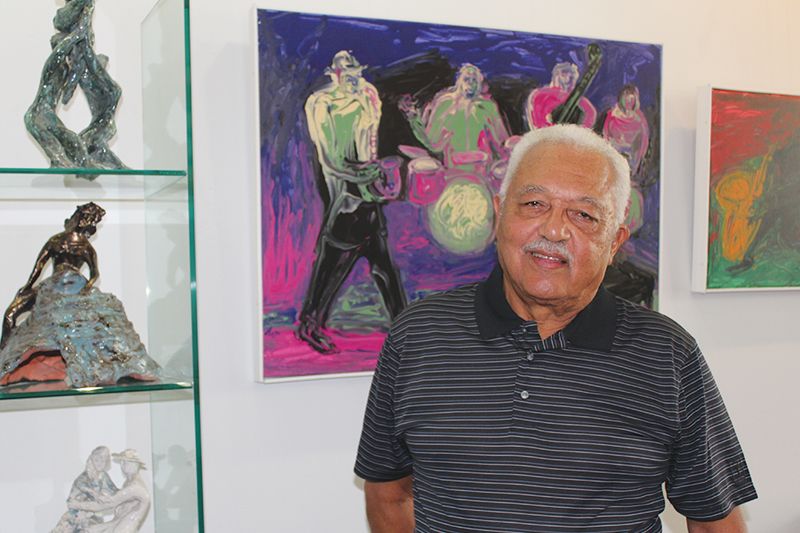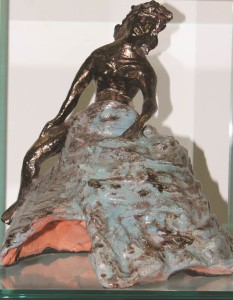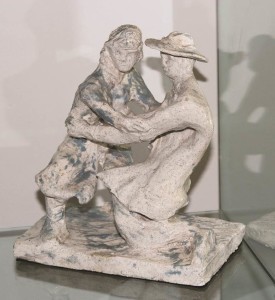Charles Axt: Still in the game

Charles Axt, designer

Charles Axt, designer
 “So I wound up at Alfred in the ceramic program,” Axt recalled. “In those days it was called the college of ceramics, where you learned the trade—mold making, pottery, how to make glazes and all of that. And there was also the design program so I got into that, and that’s when I really got into design and painting and sculpture.”
“So I wound up at Alfred in the ceramic program,” Axt recalled. “In those days it was called the college of ceramics, where you learned the trade—mold making, pottery, how to make glazes and all of that. And there was also the design program so I got into that, and that’s when I really got into design and painting and sculpture.” Axt started a ceramic program at the high school down there where he also learned the mahogany trade. He explained that he did “a whole lot of carving” of the semi-precious wood. When the school wanted him to become an administrator he returned to the States to get his master’s, but wound up staying in Newark, N.J. for another eight years. It turned out to be a productive time for the artist due to the many connections he made in the art world.
Axt started a ceramic program at the high school down there where he also learned the mahogany trade. He explained that he did “a whole lot of carving” of the semi-precious wood. When the school wanted him to become an administrator he returned to the States to get his master’s, but wound up staying in Newark, N.J. for another eight years. It turned out to be a productive time for the artist due to the many connections he made in the art world.